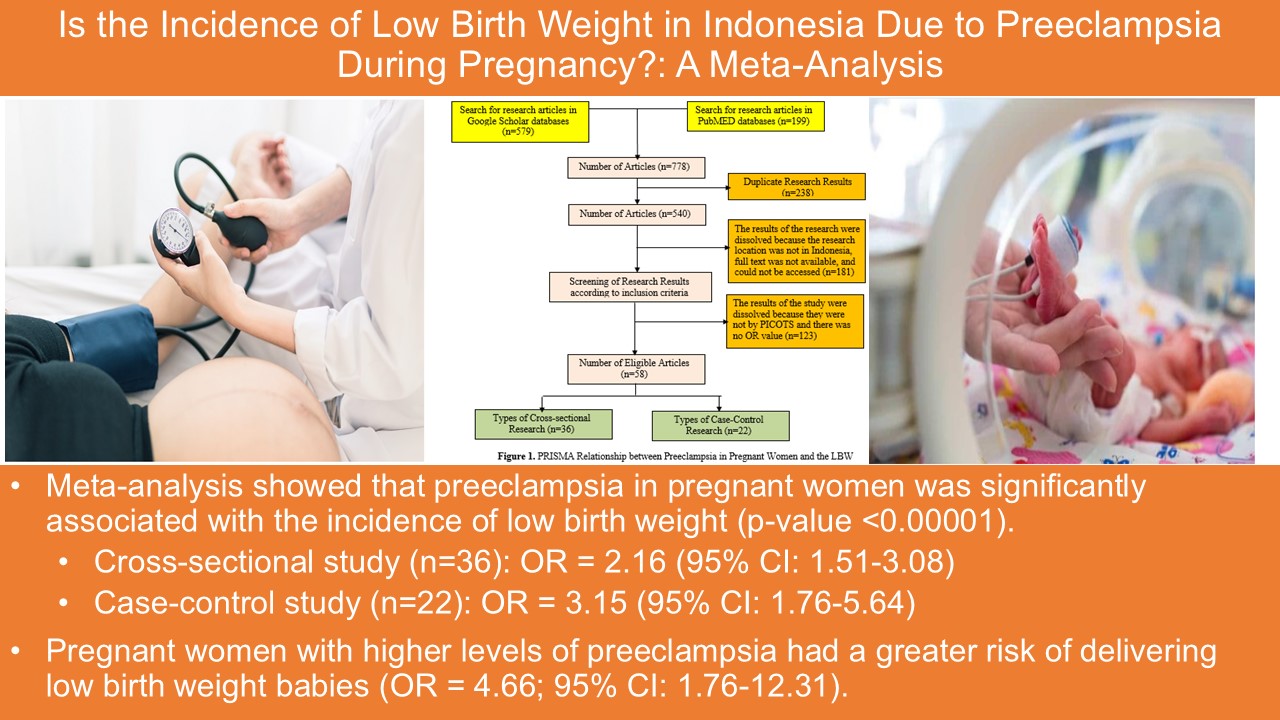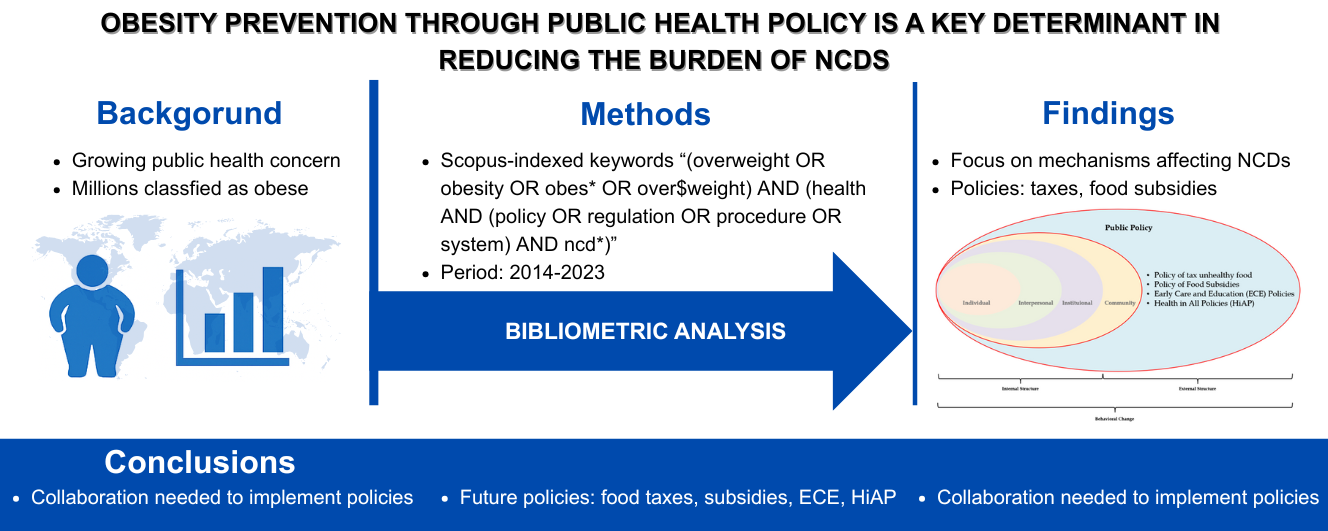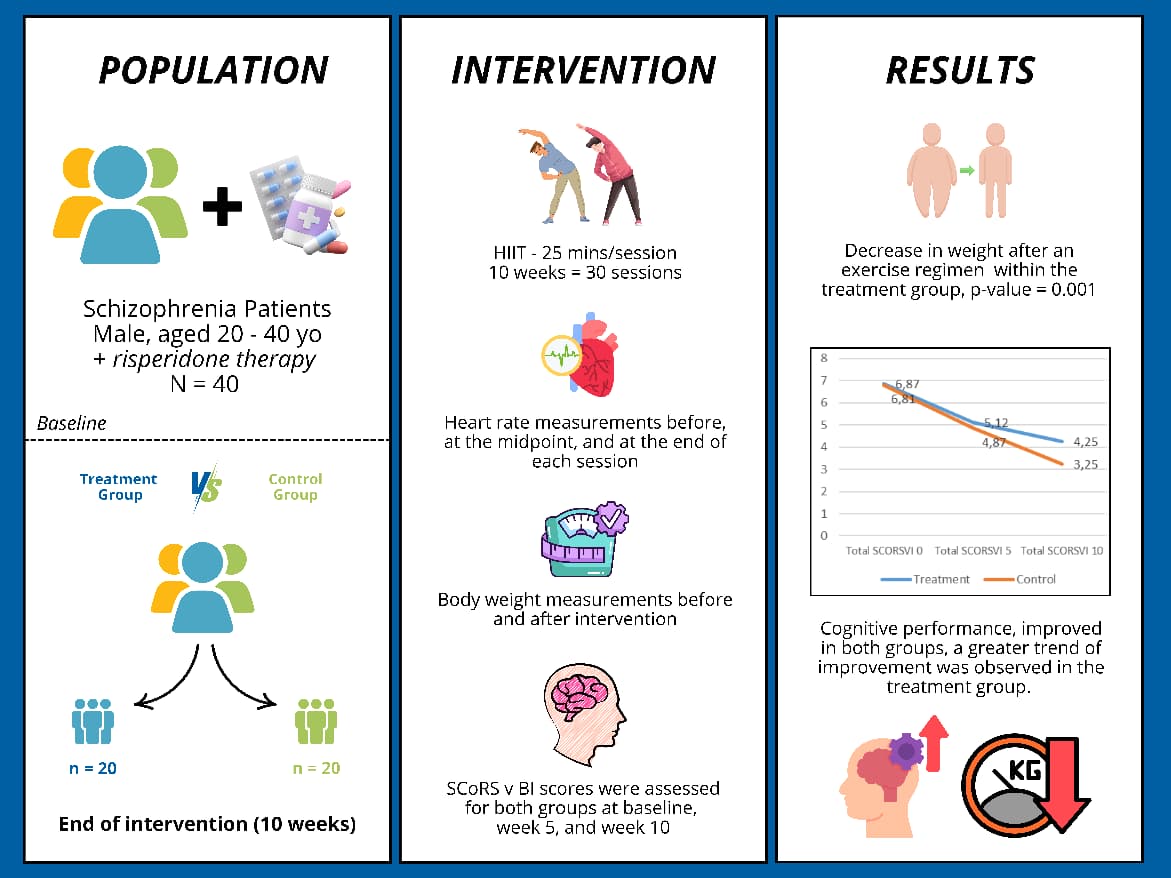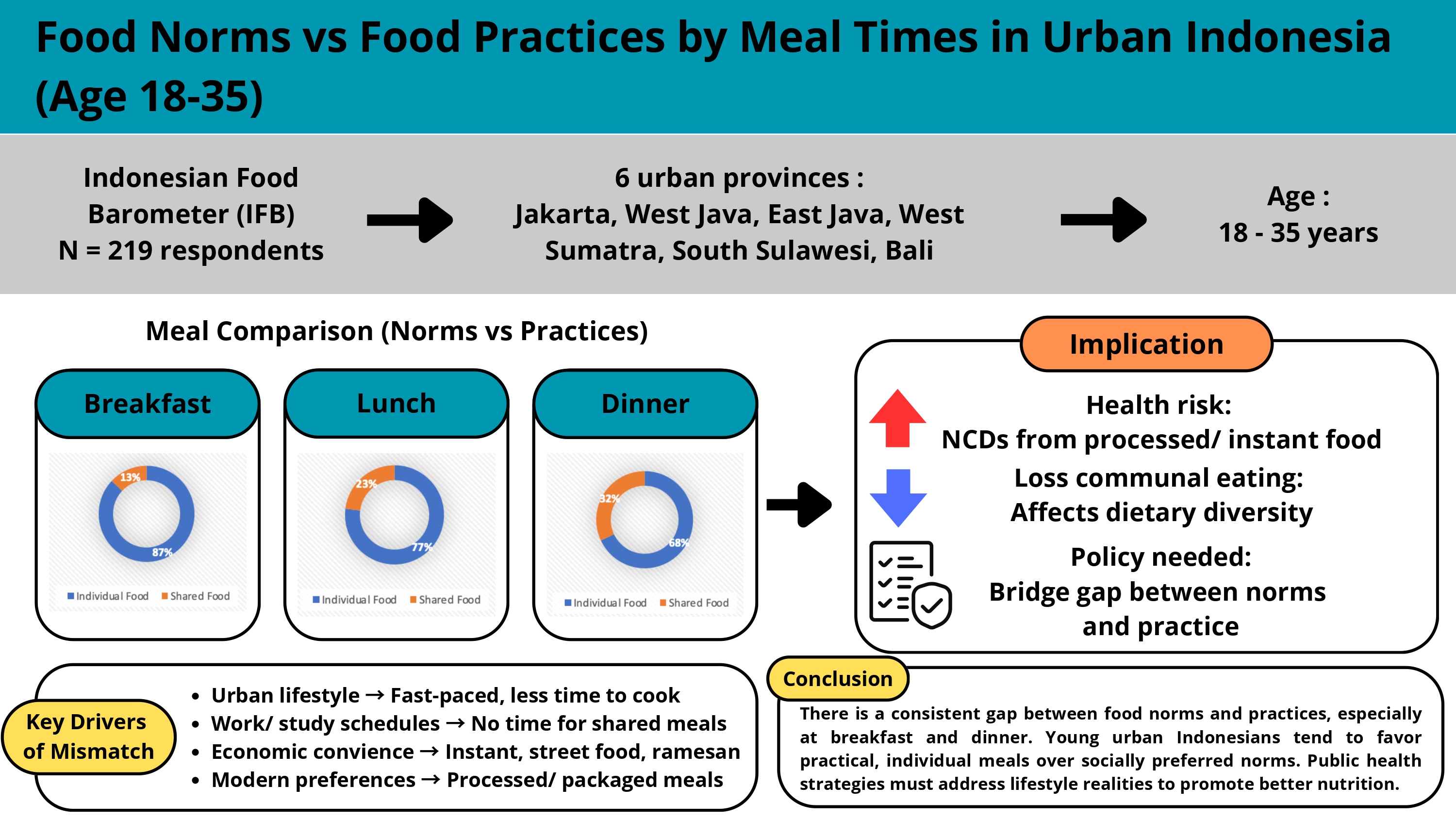Nutrition Status And Neuropsychiatric Disorders In Indonesian Childhood Lupus: Experience At A Single Tertiary Referral Center
Downloads
NPSLE diagnosis is still challenging because of many SLE-related and non-SLE-related processes that can be presented in patient. The report of NPSLE in Indonesia is still limited. This study aim to describe the clinical features, nutrition status, and laboratory characteristics of Neuropsychiatric Systemic Lupus Erythematosus (NPSLE) and compared to non NPSLE case in Indonesian children. The study is a retrospective cohort study. Data were collected from the complete medical record of Juvenile Systemic lupus Erythematosus (jSLE) patients 2016 - 2020 at the Allergy Immunology Outpatient clinic at Dr. Soetomo General Academic Hospital. We include all patients with ages ranging from age 0-18 years old with a diagnosis of Systemic lupus Erythematosus (SLE). The diagnosis fo SLE based on American College of Rheumatology (ACR) criteria 1997 and Neuropsychiatric (NP) manifestations were classified using the standardized nomenclature and case definitions for the 19 NP manifestations linked to SLE developed in 1999 by the ACR ad hoc Committee. Disease activity SLE was defined according to the American Mexican-Systemic Lupus Erythematosus Disease Activity Index (Mex-SLEDAI) criteria. Statistical analysis conducted in this study was descriptive analysis, paired T-test (NPSLE vs. non-NPSLE as the dependent variable), Fischer exact test, and Pearson Chi-square test using SPSS ver. 21. A total of 90 patients with juvenile SLE were enrolled, but only 71 patients were eligible as participants with complete medical records obtained. Mex-SLEDAI score was significantly higher on NPSLE compared to non-NPSLE (p=0.001).
Ahn, S.S., Jung, S.M., Song, J.J., Park, Y.B. and Lee, S.W., 2018. Prognostic nutritional index is correlated with disease activity in patients with systemic lupus erythematosus. Lupus, 27(10), pp.1697–1705. https://doi.org/10.1177/0961203318787058.
Aviña-Zubieta, J.A., Alarcón, G.S., Bischoff-Ferrari, H.A., Fischer-Betz, R., Schneider, M., Gall, V., Liang, M.H., Schur, P., Illei, G., Mikdashi, J., Petri, M., Phillips, C., Pouchot, J. and St.Clair, W., 2007. Measurement of fatigue in systemic lupus erythematosus: A systematic review. Arthritis Care and Research, 57(8), pp.1348–1357. https://doi.org/10.1002/art.23113.
Benseler, S.M. and Silverman, E.D., 2007. Neuropsychiatric involvement in pediatric systemic lupus erythematosus. Lupus, 16. https://doi.org/10.1177/0961203307078971.
Borges, M.C., dos Santos, F. de M.M., Telles, R.W., Lanna, C.C.D. and Correia, M.I.T.D., 2012. Nutritional status and food intake in patients with systemic lupus erythematosus. Nutrition, [online] 28(11–12), pp.1098–1103. https://doi.org/10.1016/j.nut.2012.01.015.
Cannerfelt, B., Nystedt, J. and Jo, A., 2018. White matter lesions and brain atrophy in systemic lupus erythematosus patients : correlation to cognitive dysfunction in a cohort of systemic lupus erythematosus patients using different definition models for neuropsychiatric systemic lupus erythematosus. Lupus, 27(January), pp.1140–1149. https://doi.org/10.1177/0961203318763533.
Carolyn, I., Doughty, R.A. and Athreya, B.H., 1981. CENTRAL NERVOUS SYSTEM INVOLVEMENT IN CHILDHOOD SYSTEMIC LUPUS ERYTHEMATOSUS CAROLYN. Arthritis and Rheumatism, 24(11).
Correa-Rodríguez, M., Pocovi-Gerardino, G., Callejas-Rubio, J.L., Fernández, R.R., Martín-Amada, M., Cruz-Caparros, M.G., Ortego-Centeno, N. and Rueda-Medina, B., 2019. The prognostic nutritional index and nutritional risk index are associated with disease activity in patients with systemic lupus erythematosus. Nutrients, 11(3), pp.1–9. https://doi.org/10.3390/nu11030638.
Costagliola, G., Mosca, M., Migliorini, P. and Consolini, R., 2018. Pediatric Systemic Lupus Erythematosus : Learning From Longer Follow Up to Adulthood. Frontiers in Pediatrics, 6(May), pp.1–7. https://doi.org/10.3389/fped.2018.00144.
Degiorgio, L.A., Konstantinov, K.N., Lee, S., Hardin, J.A., Volpe, B.T. and Diamond, B., 2001. A subset of lupus anti-DNA antibodies cross-reacts with the NR2 glutamate receptor in systemic lupus erythematosus. Nature Medicine, 7(11), pp.1189–1193.
Fan, W., Zhou, Z., Lu, L., Chen, S. and Bao, C., 2014. Clinical Manifestations of Neuropsychiatric Systemic Lupus Erythematosus in Chinese Patients. Arch Rheumatol, 29(2), pp.88–93. https://doi.org/10.5606/ArchRheumatol.2014.4051.
Giani, T., Smith, E., Al-abadi, E., Armon, K., Bailey, K., Ciurtin, C., Davidson, J., Gardner-medwin, J., Haslam, K., Ramanan, A. V, Rangaraj, S., Riley, P. and Sridhar, A., 2021. Neuropsychiatric involvement in juvenile-onset systemic lupus erythematosus : Data from the UK Juvenile-onset systemic lupus erythematosus cohort study. Lupus, 0(0), pp.1–11. https://doi.org/10.1177/09612033211045050.
Guzman, J., Cardiel, M.H., Arce-Salinas, A., Sanchez-Guerrero, J. and Alarcon-Segovia, D., 1992. Measurement of disease activity in systemic lupus erythematosus. Prospective validation of 3 clinical indices. Journal of Rheumatology, 19(10), pp.1551–1558.
Harel, L., Sandborg, C., Lee, T. and Scheven, E. Von, 2006. Neuropsychiatric Manifestations in Pediatric Systemic Lupus Erythematosus and Association with Antiphospholipid Antibodies. The Journal of Rheumatology, 33(9).
Jeltsch-david, H. and Muller, S., 2014. Neuropsychiatric systemic lupus erythematosus : pathogenesis and biomarkers. Nature Reviews Neurology. [online] https://doi.org/10.1038/nrneurol.2014.148.
Jeong, H.W., Her, M., Bae, J.S., Kim, S.-K., Lee, S.W., Kim, H.K., Kim, D., Park, N., Chung, W.T., Lee, S.Y., Choe, J.-Y. and Kim, I.J., 2015. Brain MRI in neuropsychiatric lupus : associations with the 1999 ACR case definitions. Rheumatol Int, 35, pp.861–869. https://doi.org/10.1007/s00296-014-3150-8.
Jo, A., Bengtsson, A.A., Nived, O., Ryberg, B. and Sturfelt, G., 2002. Outcome of neuropsychiatric systemic lupus erythematosus within a defined Swedish population : increased morbidity but low mortality. Rheumatology, 41(April), pp.1308–1312.
Jr, W.L.S., Brooks, W.M., Kornfeld, M., Hart, B.L., Bankhurst, A.D. and Roldan, C.A., 2010. Magnetic Resonance Imaging and Brain Histopathology in Neuropsychiatric Systemic Lupus Erythematosus. Semin Arthritis Rheum, [online] 40(1), pp.32–52. https://doi.org/10.1016/j.semarthrit.2009.08.005.
Khajezadeh, M., Zamani, G., Moazzami, B., Nagahi, Z., Mousavi-torshizi, M. and Ziaee, V., 2018. Neuropsychiatric Involvement in Juvenile-Onset Systemic Lupus Erythematosus. Neurology Research International, 2018. https://doi.org/10.1155/2018/2548142.
Kivity, S., Agmon-levin, N., Zandman-goddard, G. and Chapman, J., 2015. Neuropsychiatric lupus : a mosaic of clinical presentations. BMC Medicine, 13(43), pp.1–11. https://doi.org/10.1186/s12916-015-0269-8.
Magro-checa, C., Steup-beekman, G.M. and Huizinga, T.W., 2018. Laboratory and Neuroimaging Biomarkers in Neuropsychiatric Systemic Lupus Erythematosus : Where Do We Stand , Where To Go ? Frontiers of Medicine, 5(December). https://doi.org/10.3389/fmed.2018.00340.
Mak, A., Chan, B.P.L., Yeh, I.B., Ho, R.C.M., Boey, M.L., Feng, P.H., Koh, D.R. and Ong, B.K.C., 2008. Neuropsychiatric lupus and reversible posterior leucoencephalopathy syndrome : a challenging clinical dilemma. Rheumatology, (December 2007), pp.256–262. https://doi.org/10.1093/rheumatology/kem319.
Monahan, R.C., Fronczek, R., Terwindt, G.M., Huizinga, T.W.J. and Steup-beekman, G.M., 2020. Suspected Transverse Myelitis with Normal MRI and CSF Findings in a Patient with Lupus : What to Do ? A Case Series and Systematic Review. Neuropsychiatric Disease and Treatment, 16, pp.3173–3186.
Muscal, E. and Brey, R.L., 2010. Neurologic Manifestations of Systemic Lupus Erythematosus in Children and Adults. Neurologic Clinics of NA, [online] 28(1), pp.61–73. https://doi.org/10.1016/j.ncl.2009.09.004.
Muscal, E., Hunter, J. V and Myones, B.L., 2010. Neurocognitive deficits and neuroimaging abnormalities are prevalent in children with lupus : clinical and research experiences at a US pediatric institution. Lupus, 19, pp.268–279.
Patrícia, F., Teixeira, S., Nascimento, B.R., Calderaro, D.C., Ferreira, G.A. and Correa, H., 2019. Neuropsychiatric Syndromes in Childhood-Onset Systemic Lupus Erythematosus A Systematic Review and Meta-analysis. Journal of Clinical Rheumatology, 00(00), pp.1–9. https://doi.org/10.1097/RHU.0000000000001029.
Pocovi-Gerardino, G., Correa-Rodríguez, M., Callejas-Rubio, J.L., Ríos-Fernández, R., Ortego-Centeno, N. and Rueda-Medina, B., 2018. Dietary intake and nutritional status in patients with systemic lupus erythematosus. Endocrinologia, Diabetes y Nutricion, [online] 65(9), pp.533–539. https://doi.org/10.1016/j.endinu.2018.05.009.
Salman-monte, T.C., Monfort, J. and Carri, I., 2021. Autoimmunity Reviews Neuropsychiatric involvement in systemic lupus erythematosus : A review. Autoimmunity Reviews, 20(February). https://doi.org/10.1016/j.autrev.2021.102780.
Sarbu, M.I. and Sarbu, N., 2020. Fulminant Brain Atrophy and Vasculitis on Vessel-Wall Imaging in Neuropsychiatric Lupus : Case Report and Literature Review. Arch Rheumatol, 35(3), pp.443–448. https://doi.org/10.46497/ArchRheumatol.2020.7544.
Sassi, R.H., Hendler, J.V., Piccoli, G.F., Gasparin, A.A., Mendonça, R., Carlos, J., Brenol, T. and Monticielo, O.A., 2017. Age of onset influences on clinical and laboratory profile of patients with systemic lupus erythematosus. Clinical Rheumatology, [online] pp.89–95. https://doi.org/10.1007/s10067-016-3478-4.
Saunders, D., Brown, S., Ramsden, L., Martin, N. and Moraitis, E., 2016. Evaluation of magnetic resonance imaging abnormalities in juvenile onset neuropsychiatric systemic lupus erythematosus. Clinical Rheumatology, [online] pp.2449–2456. https://doi.org/10.1007/s10067-016-3376-9.
Sibbitt, W.L., Sibbitt, R.R. and Brooks, W.M., 1999. NEUROIMAGING IN NEUROPSYCHIATRIC SYSTEMIC LUPUS ERYTHEMATOSUS. Arthritis and Rheumatism, 42(10), pp.2026–2038.
Silvagni, E., Bortoluzzi, A., Borrelli, M., Bianchi, A., Fainardi, E. and Govoni, M., 2022. Cerebral Microstructure Analysis by Diffusion-Based MRI in Systemic Lupus Erythematosus : Lessons Learned and Research Directions. Brain Sciences, 12(70).
Steinlin, M.I., Blaser, S.I., Gilday, D.L., Eddy, A.A., Logan, W.J., Laxer, R.M. and Silverman, E.D., 1995. Neurologic Manifestations of Pediatric Systemic Lupus Erythematosus. Pediatric Neurology, 13(3).
Suwanpakdee, P. and Hostpital, P., 2017. Neuropsychiatric Manifestations in Pediatric Systemic Lupus Erythematosus. J Med Assoc Thai, 100(11), pp.1196–201.
Turkel, S.B., Miller, J.H. and Reiff, A., 2001. Case Series : Neuropsychiatric Symptoms With Pediatric Systemic Lupus Erythematosus. Journal of the American Academy of Child & Adolescent Psychiatry, [online] 40(4), pp.482–485. https://doi.org/10.1097/00004583-200104000-00018.
Waitzberg, D.L., Caiaffa, W.T. and Correia, M.I.T.D., 2001. Hospital malnutrition: The Brazilian national survey (IBRANUTRI): A study of 4000 patients. Nutrition, 17(7–8), pp.573–580. https://doi.org/10.1016/S0899-9007(01)00573-1.
Yoon, S., Kang, D.H. and Choi, T.Y., 2019. Psychiatric Symptoms in Systemic Lupus Erythematosus : Diagnosis and Treatment. Journal of Rheumatic Diseases, 26(2), pp.93–103.
Yu, H., Lee, J., Wang, L., Yang, Y. and Chiang, B., 2006. Neuropsychiatric manifestations in pediatric systemic lupus erythematosus: a 20-year study. Lupus, 15, p.651. https://doi.org/10.1177/0961203306070990.
Zaky, M.R., Shaat, R.M., El-bassiony, S.R., Abdel, A.A. and Farag, S.M., 2015. Magnetic resonance imaging ( MRI ) brain abnormalities of neuropsychiatric systemic lupus erythematosus patients in Mansoura city : Relation to disease activity. The Egyptian Rheumatologist, 37. https://doi.org/10.1016/j.ejr.2015.09.004.
Zhu, L.W., Zhang, T., Pan, H.F., Li, X.P. and Ye, D.Q., 2010. BMI, disease activity, and health-related quality-of-life in systemic lupus erythematosus. Clinical Rheumatology, 29(12), pp.1413–1417. https://doi.org/10.1007/s10067-010-1477-4.
Zúñiga, Y., 2014. Neuropsychological manifestations in pediatric patients with Systemic Lupus Erythematosus Revisión. Acta Neurol Colomb, 30(1), pp.49–56.

This work is licensed under a Creative Commons Attribution-NonCommercial-ShareAlike 4.0 International License.
- MEDIA GIZI INDONESIA Journal is the copyright owner of all materials published on this website.
- The formal legal provisions for access to digital articles of this electronic journal are subject to the terms of the Creative Commons Attribution-NonCommercial-ShareAlike license (CC BY-NC-SA 4.0), which means that MEDIA GIZI INDONESIA Journal and readers reserve the right to save, transmit media / format, manage in database, maintain, and publish articles as long as it continues to include the name of the Author.
- Printed and published print and electronic manuscripts are open access for educational, research and library purposes. In addition to these objectives, the editorial board shall not be liable for violations of copyright law.


2.png)





















